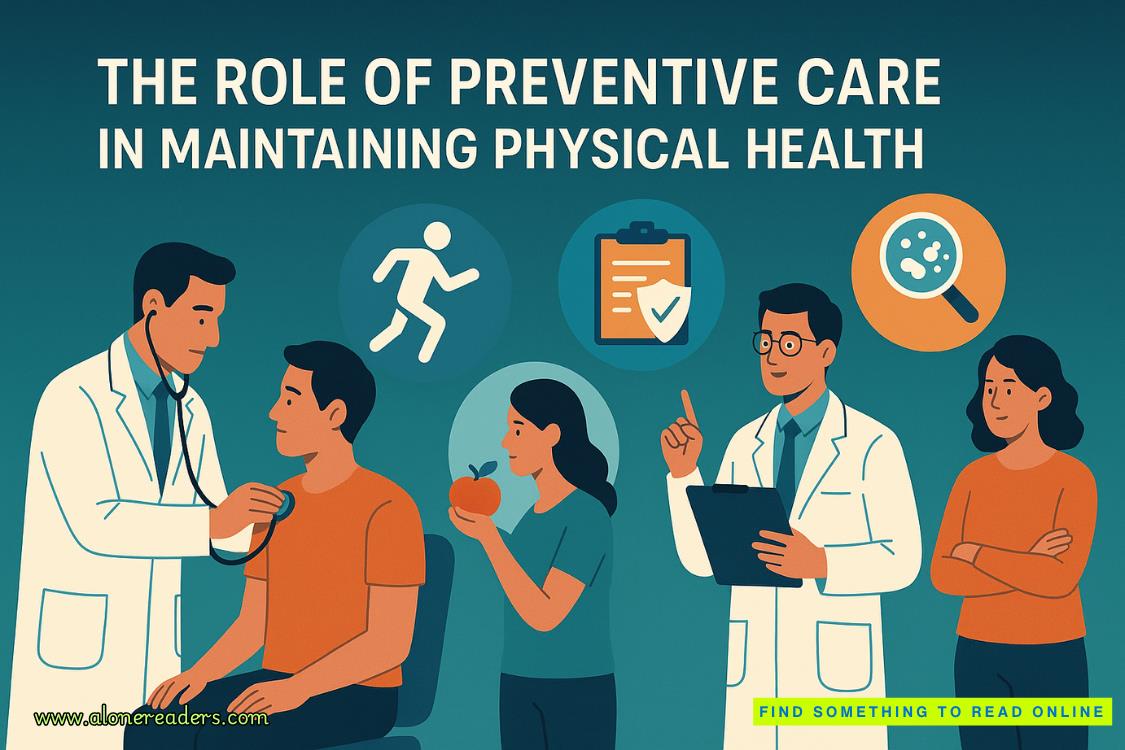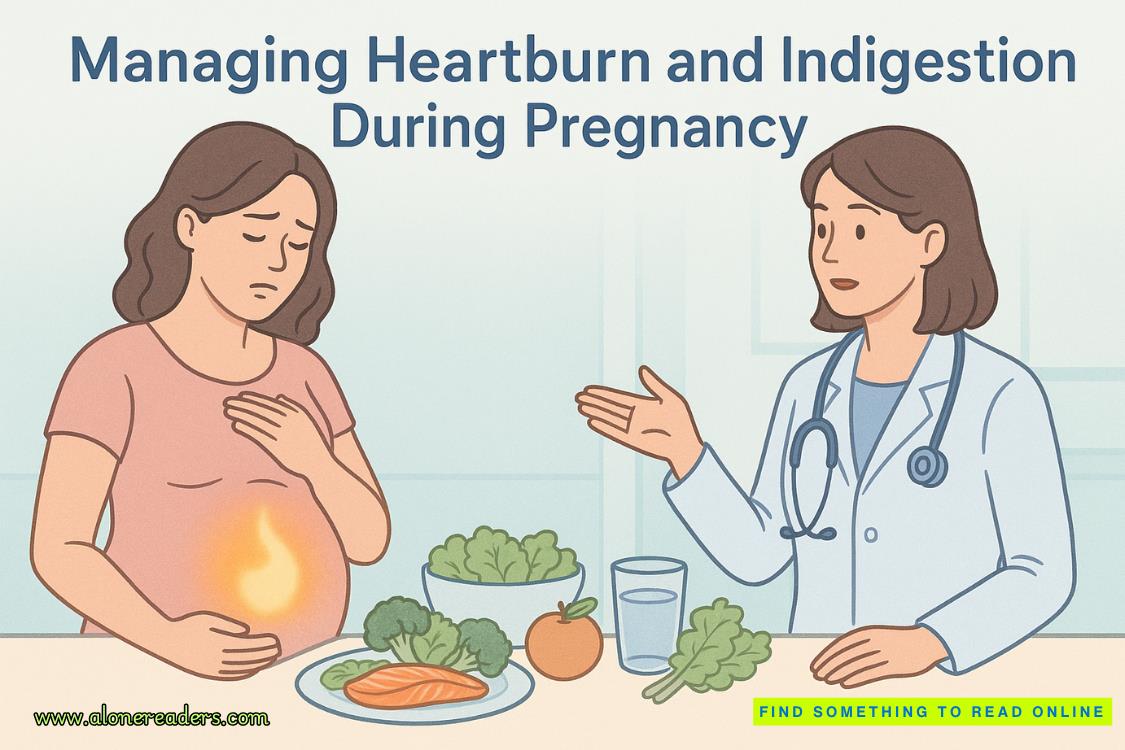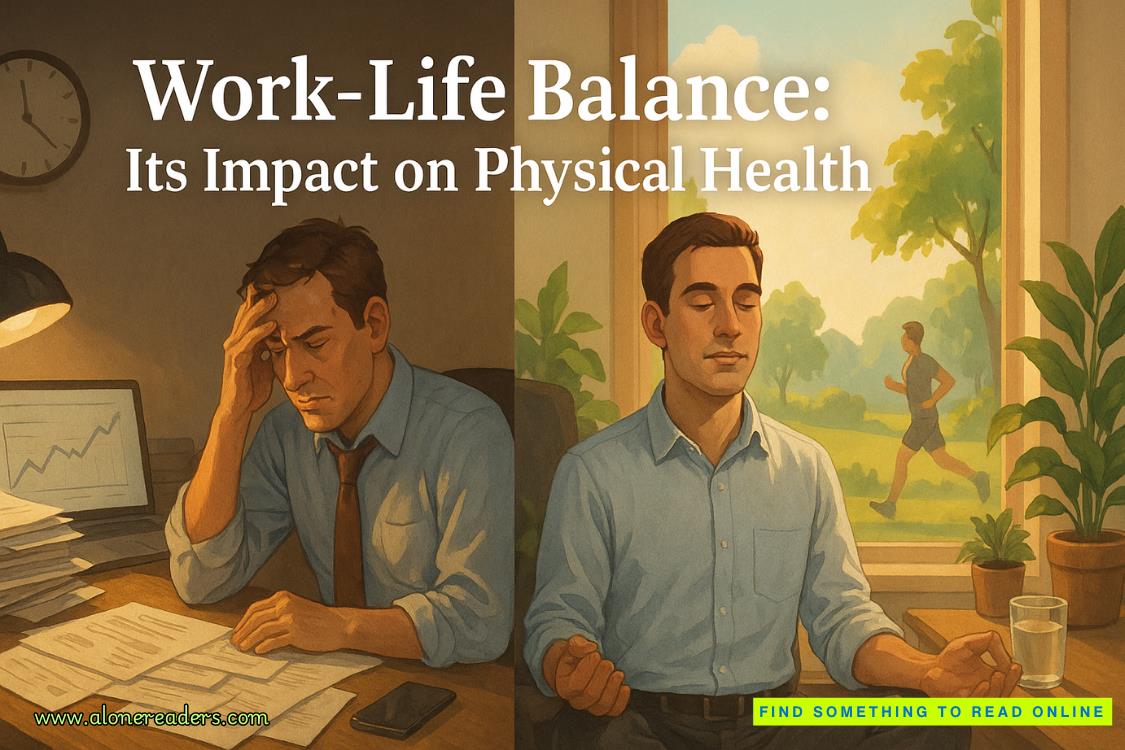The contagion has been out for a week.
Now, with no possibility of isolating the pathogen, the SRS agents huddled over samples in the cistern’s makeshift lab and assumed their usual fallback position—analysis, classification, and threat assessment. So far, the PCR units had revealed only one solid piece of data, and the discovery surprised no one.
The virus was now airborne.
The contents of the Solublon bag had apparently bubbled up to the surface and aerosolized viral particles into the air. It wouldn’t take many, Sinskey knew. Especially in such an enclosed area.
A virus—unlike a bacteria or chemical pathogen—could spread through a population with astounding speed and penetration. Parasitic in their behavior, viruses entered an organism and attached to a host cell in a process called adsorption. They then injected their own DNA or RNA into that cell, recruiting the invaded cell, and forcing it to replicate multiple versions of the virus. Once a sufficient number of copies existed, the new virus particles would kill the cell and burst through the cell wall, speeding off to find new host cells to attack, and the process would be repeated.
An infected individual would then exhale or sneeze, sending respiratory droplets out of his body; these droplets would remain suspended in the air until they were inhaled by other hosts, and the process began all over again.
Exponential growth, Sinskey mused, recalling Zobrist’s graphs illustrating the human population explosion. Zobrist is using the exponential growth of viruses to combat the exponential growth of people.
The burning question now, however, was: How would this virus behave?
Coldly stated: How will it attack its host?
The Ebola virus impaired the blood’s ability to coagulate, resulting in unstoppable hemorrhaging. The hantavirus triggered the lungs to fail. A whole host of viruses known as oncoviruses caused cancer. And the HIV virus attacked the immune system, causing the disease AIDS. It was no secret in the medical community that, had the HIV virus gone airborne, it could have been an extinction event.
So what the hell does Zobrist’s virus do?
Whatever it did, the effects clearly took time to reveal themselves … and nearby hospitals had reported no cases of patients showing symptoms that were out of the ordinary.
Impatient for answers, Sinskey moved toward the lab. She saw Brüder standing near the stairwell, having found a faint signal for his cell phone. He was speaking to someone in hushed tones.
She hurried over, arriving just as he was finishing his call.
“Okay, understood,” Brüder said, the look on his face expressing an emotion between disbelief and terror. “And once again, I cannot stress strongly enough the confidentiality of this information. Your eyes only at this point. Call me when you know more. Thanks.” He hung up.
“What’s going on?” Sinskey demanded.
Brüder blew out a slow breath. “I just spoke to an old friend of mine who is a top virologist at the CDC in Atlanta.”
Sinskey bristled. “You alerted the CDC without my authorization?”
“I made a judgment call,” he replied. “My contact will be discreet, and we’re going to need far better data than we can get from this makeshift lab.”
Sinskey glanced over at the handful of SRS agents who were taking water samples and huddling over portable electronics. He’s right.
“My CDC contact,” Brüder continued, “is standing in a fully equipped microbiology lab and has already confirmed the existence of an extremely contagious and never-before-seen viral pathogen.”
“Hold on!” Sinskey interjected. “How did you get him a sample so fast?”
“I didn’t,” Brüder said tautly. “He tested his own blood.”
Sinskey needed only a moment for the meaning to register.
It’s already gone global.
CHAPTER 99
Langdon walked slowly, feeling strangely disembodied, as if he were moving through a particularly vivid nightmare. What could be more dangerous than a plague?
Sienna had said nothing more since she had climbed out of the boat and motioned for Langdon to follow her away from the docks, along a quiet gravel path, farther away from the water and the crowds.
Although Sienna’s tears had stopped, Langdon sensed a torrent of emotion building up within her. He could hear sirens wailing in the distance, but Sienna appeared not to notice. She was staring blankly at the ground, seemingly hypnotized by the rhythmic crunch of the gravel beneath their feet.
They entered a small park, and Sienna guided him into a dense grove of trees, where they were hidden away from the world. Here they sat on a bench that overlooked the water. On the far shore, the ancient Galata Tower glistened above the quiet residences that dotted the hillside. The world looked strangely peaceful from here, a far cry, Langdon imagined, from what was probably transpiring at the cistern. By now, he suspected, Sinskey and the SRS team had realized that they had arrived too late to stop the plague.
Beside him, Sienna stared out across the sea. “I don’t have much time, Robert,” she said. “The authorities will eventually figure out where I went. But before they do, I need you to hear the truth … all of it.”
Langdon gave her a silent nod.
Sienna wiped her eyes and shifted on the bench to face him fully. “Bertrand Zobrist …” she began. “He was my first love. He became my mentor.”
“I’ve already been told, Sienna,” Langdon said.
She gave him a startled look but continued speaking, as if afraid to lose her momentum. “I met him at an impressionable age, and his ideas and intellect bewitched me. Bertrand believed, as I do, that our species is on the brink of collapse … that we’re facing a horrifying end, which is racing toward us so much faster than anyone dares accept.”
Langdon made no reply.
“My entire childhood,” Sienna said, “I wanted to save the world. And all I was ever told was: ‘You can’t save the world, so don’t sacrifice your happiness trying.’ ” She paused, her face taut, holding back tears. “Then I met Bertrand—a beautiful, brilliant man who told me not only that saving the world was possible … but that doing so was a moral imperative. He introduced me to an entire circle of like-minded individuals—people of staggering abilities and intellect … people who really could change the future. For the first time in my life, I no longer felt all alone, Robert.”
Langdon offered a soft smile, sensing the pain in her words.
“I’ve endured some terrible things in my life,” Sienna continued, her voice increasingly unsteady. “Things I’ve had trouble moving past …” She broke his gaze and ran an anxious palm across her bald scalp before collecting herself and turning back to him. “And maybe that’s why the only thing that keeps me going is my belief that we are capable of being better than we are … capable of taking action to avoid a catastrophic future.”
“And Bertrand believed that, too?” Langdon asked.
“Absolutely. Bertrand had boundless hope for humankind. He was a Transhumanist who believed we are living on the threshold of a glittering ‘posthuman’ age—an era of true transformation. He had the mind of a futurist, eyes that could see down the road in ways few others could even imagine. He understood the astonishing powers of technology and believed that in the span of several generations, our species would become a different animal entirely—genetically enhanced to be healthier, smarter, stronger, even more compassionate.” She paused. “Except for one problem. He didn’t think we’d live long enough as a species to realize that possibility.”
“Due to overpopulation …” Langdon said.
She nodded. “The Malthusian catastrophe. Bertrand used to tell me he felt like St. George trying to slay the chthonic monster.”
Langdon didn’t follow her meaning. “Medusa?”
“Metaphorically, yes. Medusa and the entire class of chthonic deities live underground because they’re associated directly with Mother Earth. In allegory, chthonics are always symbols of—”
“Fertility,” Langdon said, startled that the parallel had not occurred to him earlier. Fruitfulness. Population.
“Yes, fertility,” Sienna replied. “Bertrand used the term ‘chthonic monster’ to represent the ominous threat of our own fecundity. He described our overproduction of offspring as a monster looming on the horizon … a monster we needed to contain immediately, before it consumed us all.”
Our own virility stalks us, Langdon realized. The chthonic monster. “And Bertrand battled this monster … how?”
“Please understand,” she said defensively, “these are not easy problems to solve. Triage is always a messy process. A man who severs the leg of a three-year-old child is a horrific criminal … until that man is a doctor who saves the child from gangrene. Sometimes the only choice is the lesser of two evils.” She began tearing up again. “I believe Bertrand had a noble goal … but his methods …” She looked away, on the verge of breaking down.
“Sienna,” Langdon whispered gently. “I need to understand all of this. I need you to explain to me what Bertrand did. What did he release into the world?”
Sienna faced him again, her soft brown eyes radiating a darker fear. “He released a virus,” she whispered. “A very specific kind of virus.”
Langdon held his breath. “Tell me.”
“Bertrand created something known as a viral vector. It’s a virus intentionally designed to install genetic information into the cell it’s attacking.” Sienna paused to let him process the idea. “A vector virus … rather than killing its host cell … inserts a piece of predetermined DNA into that cell, essentially modifying the cell’s genome.”
Langdon struggled to grasp her meaning. This virus changes our DNA?
“The insidious nature of this virus,” Sienna continued, “is that none of us know it has infected us. No one gets sick. It causes no overt symptoms to suggest that it’s changing us genetically.”
For a moment Langdon could feel the blood pulsing in his veins. “And what changes does it make?”
Sienna closed her eyes for a moment. “Robert,” she whispered, “as soon as this virus was released into the cistern’s lagoon, a chain reaction began. Every person who descended into that cavern and breathed the air became infected. They became viral hosts … unwitting accomplices who transferred the virus to others, sparking an exponential proliferation of disease that will now have torn across the planet like a forest fire. By now, the virus will have penetrated the global population. You, me … everyone.”
Langdon rose from the bench and began pacing frantically before her. “And what does it do to us?” he repeated.
Sienna was silent for a long moment. “The virus has the ability to render the human body … infertile.” She shifted uncomfortably. “Bertrand created a sterility plague.”
Her words struck Langdon hard. A virus that makes us infertile? Langdon knew there existed viruses that could cause sterility, but a highly contagious airborne pathogen that could do so by altering us genetically seemed to belong in another world … some kind of Orwellian dystopia of the future.
“Bertrand often theorized about a virus like this,” Sienna said quietly, “but I never imagined he would attempt to create it … much less succeed. When I got his letter and learned what he had done, I was in shock. I tried desperately to find him, to beg him to destroy his creation. But I arrived too late.”
“Hold on,” Langdon interjected, finally finding his voice. “If the virus makes everyone on earth infertile, there will be no new generations, and the human race will start dying out … immediately.”
“Correct,” she responded, her voice sounding small. “Except extinction was not Bertrand’s goal—quite the opposite, in fact—which is why he created a randomly activating virus. Even though Inferno is now endemic in all human DNA and will be passed along by all of us from this generation forward, it will ‘activate’ only in a certain percentage of people. In other words, the virus is now carried by everyone on earth, and yet it will cause sterility in only a randomly selected part of the population.”
“What … part?” Langdon heard himself say, incredulous even to be asking such a question.
“Well, as you know, Bertrand was fixated on the Black Death—the plague that indiscriminately killed one third of the European population. Nature, he believed, knew how to cull itself. When Bertrand did the math on infertility, he was exhilarated to discover that the plague’s death rate of one in three seemed to be the precise ratio required to start winnowing the human population at a manageable rate.”
That’s monstrous, Langdon thought.
“The Black Plague thinned the herd and paved the way for the Renaissance,” she said, “and Bertrand created Inferno as a kind of modern-day catalyst for global renewal—a Transhumanist Black Death—the difference being that those manifesting the disease, rather than perishing, would simply become infertile. Assuming Bertrand’s virus has taken hold, one third of the world’s population is now sterile … and one third of the population will continue to be sterile for all time. The effect would be similar to that of a recessive gene … which gets passed along to all offspring, and yet exerts its influence in only a small percentage of them.”
Sienna’s hands were shaking as she continued. “In Bertrand’s letter to me, he sounded quite proud, saying he considered Inferno to be a very elegant and humane resolution of the problem.” Fresh tears formed in her eyes, and she wiped them away. “Compared to the virulence of the Black Death, I admit there is some compassion in this approach. There will be no hospitals overflowing with the sick and dying, no bodies rotting in the streets, and no anguished survivors enduring the death of loved ones. Humans will simply stop having so many babies. Our planet will experience a steady reduction in our birth rate until the population curve actually inverts, and our total numbers begin to decrease.” She paused. “The result will be far more potent than the plague, which only briefly curbed our numbers, creating a temporary dip in the graph of human expansion. With Inferno, Bertrand created a long-term solution, a permanent solution … a Transhumanist solution. He was a germ-line genetic engineer. He solved problems at the root level.”















